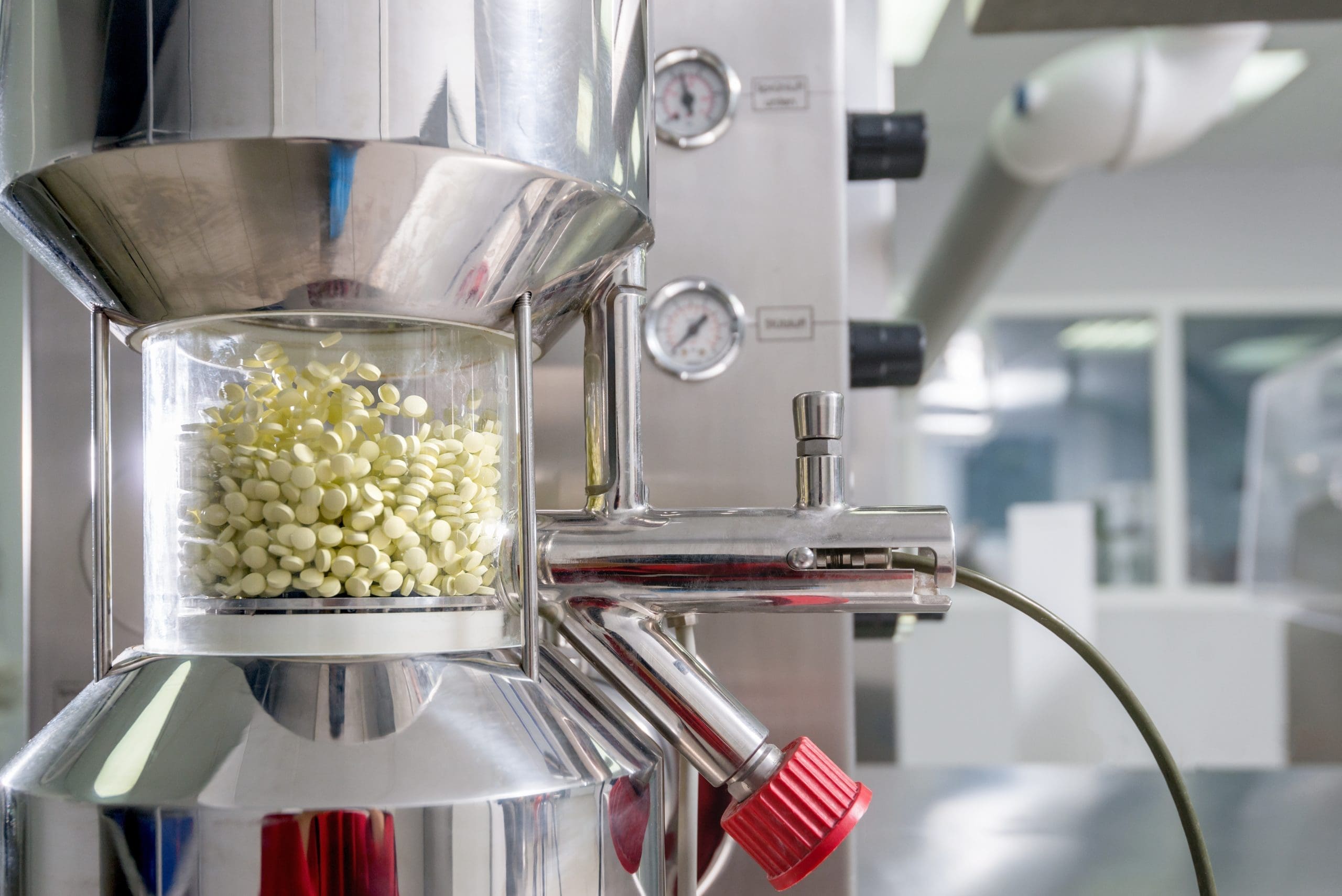In the pharmaceutical industry, ensuring the purity and safety of medications is a high priority. A major challenge in achieving these goals is preventing cross-contamination. This problem, if not addressed promptly and effectively, can evolve from a minor oversight into a significant threat to patient safety. It demands continuous quality management and rigorous enforcement of best practices to protect the integrity of pharmaceutical products and public health.
Cross-Contamination in Pharmaceutical Manufacturing
Cross-contamination in pharmaceutical manufacturing occurs when substances or microorganisms are unintentionally transferred between products or processes, compromising product integrity and patient safety.
Cross-contamination can occur when:
- Residues from previous batches contaminate subsequent ones due to inadequate equipment cleaning.
- Personnel may inadvertently transfer drug residues between areas through direct contact or contaminated clothing.
Risks of Cross-Contamination in the Pharmaceutical Industry
- Product Quality: Cross-contamination can lead to the transfer of unwanted contaminants or microorganisms in the production process, resulting in defective products.
- Patient Safety: Contaminated pharmaceutical products pose a serious threat to patient safety, potentially causing adverse reactions, treatment failures, unexpected side effects, and allergic reactions.
- Product Recalls: Rogue products can cause recalls to safeguard patients from potential harm. These recalls can significantly tarnish the reputation of pharmaceutical companies.
Effective Strategies to Control Cross-Contamination in Pharmaceutical Manufacturing
By diligently implementing these contamination control strategies, pharmaceutical manufacturers can uphold the highest standards of product quality and safety, ensuring the well-being of consumers and maintaining the integrity of their production facilities.
Facility Design & Layout
Implementing physical barriers such as airlocks and dedicated corridors helps segregate processing areas, minimizing the risk of cross-contamination between different manufacturing processes. Enforcing rules and regulations for specialised areas like cleanrooms maintains low particle counts, ensuring stringent control over contamination.
Personnel Hygiene & Training
Promoting proper hygiene practices, including handwashing, gowning, and using Personal Protective Equipment (PPE), is essential. Regular training programs on cross-contamination prevention reinforce awareness and compliance among personnel.
Material Handling & Storage
Establishing procedures for handling, storing, and labelling raw materials prevents cross-contamination during processing. Dedicated storage areas and inventory control measures ensure traceability and minimize the risk of mix-ups.
Dycem
Using Dycem products alongside other contamination control strategies ensures the highest cleanliness and safety standards in pharmaceutical production. Our products, like CleanZone and Floating Mats, are designed to trap and retain particles, effectively reducing the transfer of contaminants into critical areas. By strategically placing Dycem products at entry and exit points and in high-traffic areas, manufacturers can significantly lower the risk of pollutants and particulates compromising product purity.
Prevent Cross-Contamination in Pharmaceutical Manufacturing with Dycem
Ready to streamline the production process in your pharmaceutical manufacturing facility? Discover Dycem’s advanced solutions to combat cross-contamination risks in drug production environments. Don’t let contamination compromise drug purity and patient safety. Reach out to us today to learn how Dycem can upgrade your commitment to manufacturing excellence and product integrity.
